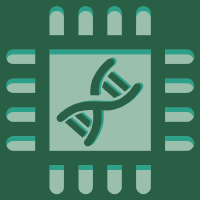Biosensors, Vol. 10, Pages 173: Electromagnetic Piezoelectric Acoustic Sensor Detection of Extracellular Vesicles through Interaction with Detached Vesicle Proteins
Biosensors doi: 10.3390/bios10110173
Authors: Románszki Varga Mihály Keresztes Thompson
An electromagnetic piezoelectric acoustic sensor (EMPAS) was used to study the non-specific adsorption of human red blood cell-derived extracellular vesicle preparations. Vesicle storage history (temperature and duration) highly affected the obtained results: The signal change, namely the frequency decrease of the crystal measured at 20 °C, was negligibly small (<1 s−2) when the vesicle solutions had previously been stored at 4 °C, and was in the order of 10 s−2 when the vesicle solutions had been stored at −30 °C. Moreover, the rate of frequency decrease increased exponentially with the storage time at −30 °C. Upon a 4 °C storage period following the −30 °C storage period of the same sample, the measured frequency decrease dropped, suggesting a partial relaxation of the system. The results are explained by the disintegration of the vesicles triggered by the freeze–t haw cycle, likely due to the detachment of proteins from the vesicle surface as was proved by size-exclusion chromatography. Surface modification of the sensor crystal provided the possibility of signal enhancement, as the maximum rate of the frequency change for the same vesicle concentrations was higher on hydrophobic, octadecyl trichlorosilane–modified quartz than on hydrophilic, bare quartz. The EMPAS signal has been associated with the amount of detached proteins, which in turn is proportional to the originating vesicle concentration.



No comments:
Post a Comment